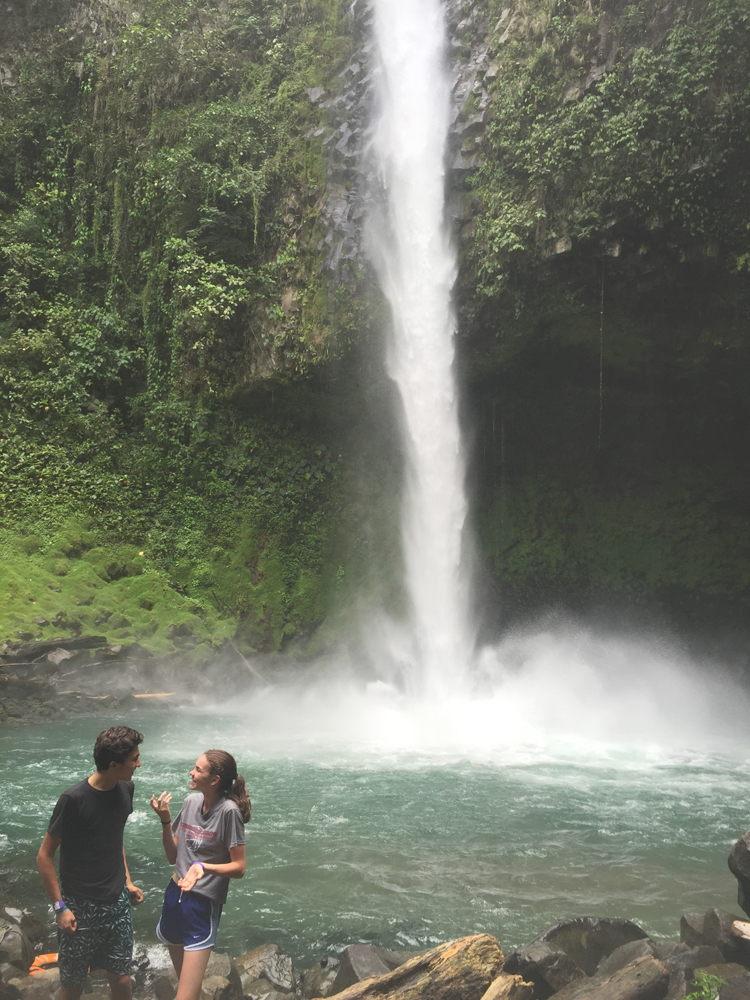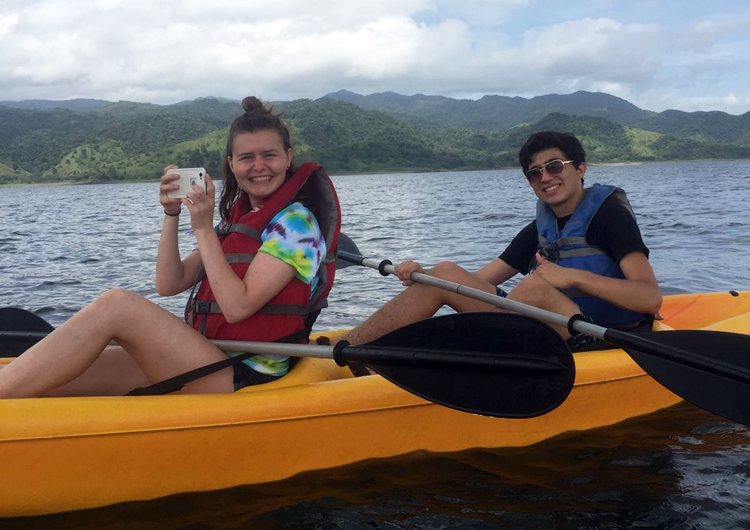In the summer of 2015, I decided to take a risk, one that would turn out to be one of the best decisions I’ve made. I went on my first international trip alone, and spent a week volunteering in San Jose, Costa Rica. Spanish had been one of my weaker classes, and after only taking two years, I wasn’t entirely sure that I would be ready for such an immersive program. Within my first day there, I noticed something: I was managing to have conversations in Spanish, and for the most part, get my message across. When I returned to the United States, I realized I was speaking more proficiently and smoothly in my school Spanish class.
As for the social aspect, my first experience was much more in my comfort zone. Most of my time was spent in a group of other (mostly American) high school students. I had time to speak English, and it was nice to be able to reflect on my experience with them while I was there. At first I had felt a little out of place, staying in a completely foreign country, but the program was always there to guide me through it.
As soon as I got back to the United States, I knew I had to do something more. My first time in Costa Rica felt like a test run, a preparation course, for a real homestay in Costa Rica. I was ready to be immersed in a program like Proyecto Asis. I was looking for a program that was run by “ticos”, with less structure and more independent time.
As soon as I landed in Costa Rica for my second trip, I was grateful for my first experience. I realized how different real world Spanish skills are from a classroom environment. But, because I had been to the area before, it came quickly to me and I started to recognize the local dialect. I was picking up new vocabulary, learning new patterns of speech, and developing an accent in an entirely unique way. Had I been in a traditional classroom setting, I would have missed out on this opportunity to truly involve myself in a new language.
Although just studying language on my first trip had served a worthwhile purpose, the familiarity of the setting reduced the amount of time I had to actually practice. For the most part, I had the convenience of talking to an American program coordinator throughout the trip, and they clarified and translated for the students. On top of that, we were in San Jose, and many of the activities we did revolved around urban life–not too different from home. However, it did offer an interesting perspective into what cities are like in Latin America, while remaining in a safe environment.
Learning about Costa Rican culture was one of the most important additions I received on my second trip, when my entire time was spent in a true Costa Rican environment. After having been worried about traveling alone, I can only feel grateful that I took my opportunities to visit this country, because they both created memories to last a lifetime.



Leave a Reply